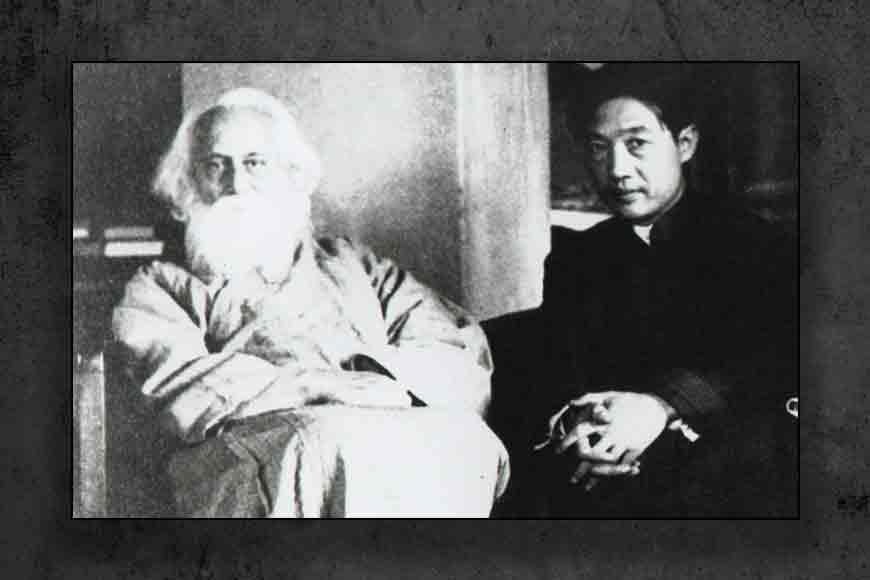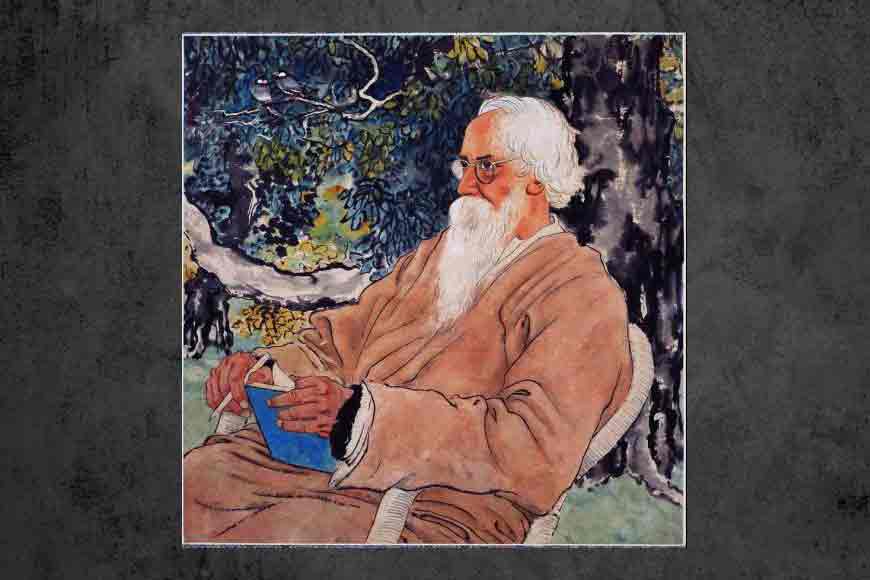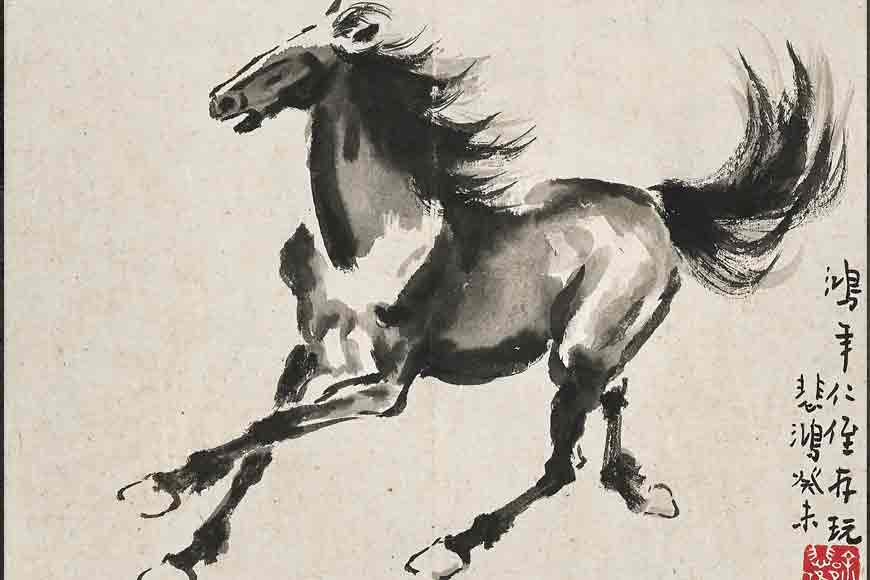Eureka! Meaning of Chinese Piccaso’s paintings deciphered at last

Rabindranath Tagore’s Santiniketan had welcomed scholars from across the globe and the poet had a deep connect with China. So much so that even today China Bhavan of Visva Bharati University celebrates literature, music and art of that land. One of the very first visiting professors of Kala Bhavan was Xu Beihong, who is known worldwide as Chinese Picasso.

He stayed in Santiniketan for two years till 1940 where he created some of his magnificent horse paintings. Even today, many of his famous paintings are kept in the archives of Visva Bharati University. Two originals have found place at Rabindra Bhavan while ten of his paintings are kept as rare collections at Kala Bhavana. Though the paintings are an asset, until now, none could decode the detailed inscriptions of the painter alongside the paintings. The inscriptions comprised of symbols, encryptions and seals which could not be deciphered even by a Chinese scholar.

Finally, Xu Beihong’s daughter, Xu Fangfang came down to the campus to decipher the valuable meanings of her father’s paintings. The paintings include a famous horse painting, Sparrows and Grass, artwork of an elderly Tagore and Snowfall at Bingzi, China on a March Day. Xu Fangfang has explained all their significance. Even structure of the seals have been explained. The Heart Relief stands for Bei, Square Intalgio means Brilliant and Fluid while Square Relief means Commoner South of the lower reaches of Yangtze River.










